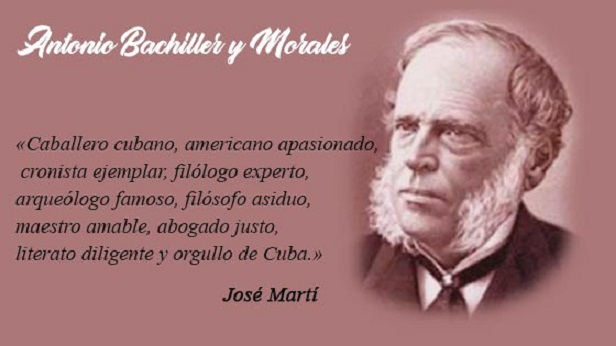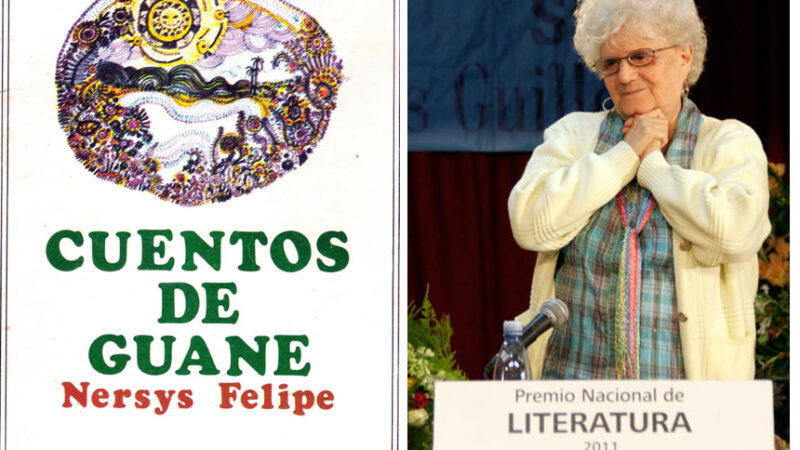Servando Cabrera Moreno: His work continues to shine
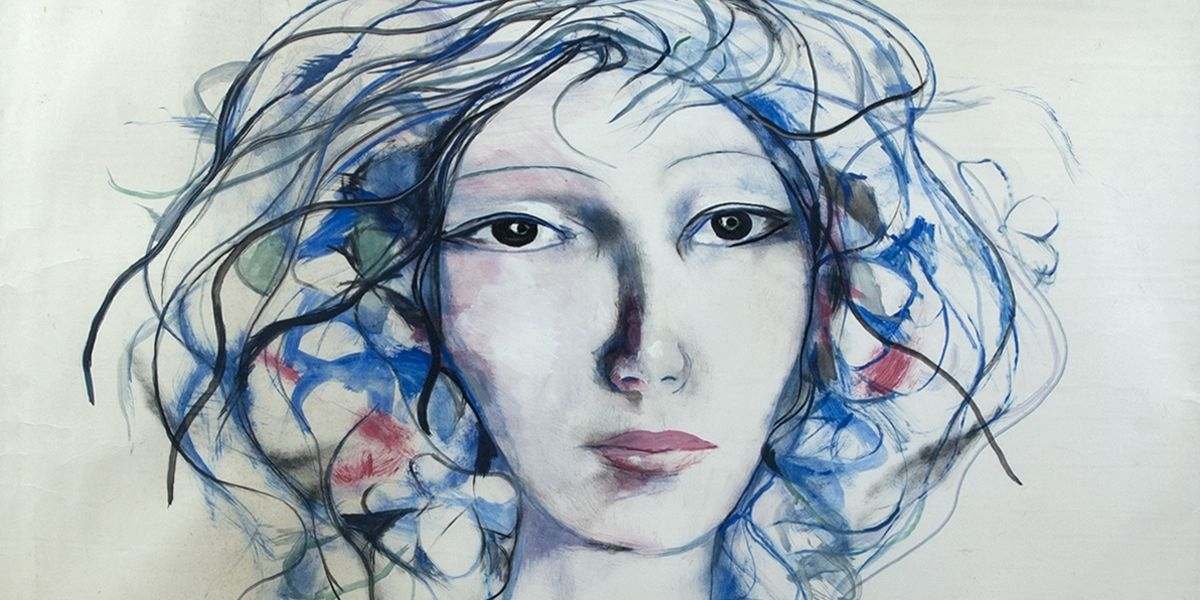
When we talk about the treasures of the last century in Cuba, it is worth mentioning the wave of visual artists who knew how to position Cuban painting at one of the highest levels on the continent. There were many voices that became benchmarks for later times. The centenary of one of these artists, Servando Cabrera Moreno, was recently celebrated.
From the time he graduated from the San Alejandro Academy of Fine Arts, he left signs of the strength of his work, more than once placing first in the drawing exams, something that quickly attracted attention, especially when he had as companions other great artists of the Cuban avant-garde.
In the mid-40s, he traveled to New York and met Pablo Ruiz Picasso, an artist who had a profound influence on his work, introducing him to the codes of cubism and abstraction. After this experience, he distanced himself from the strict codes of the academy and began to develop his own style, mixing abstractionism with the sinuous features of the human body.
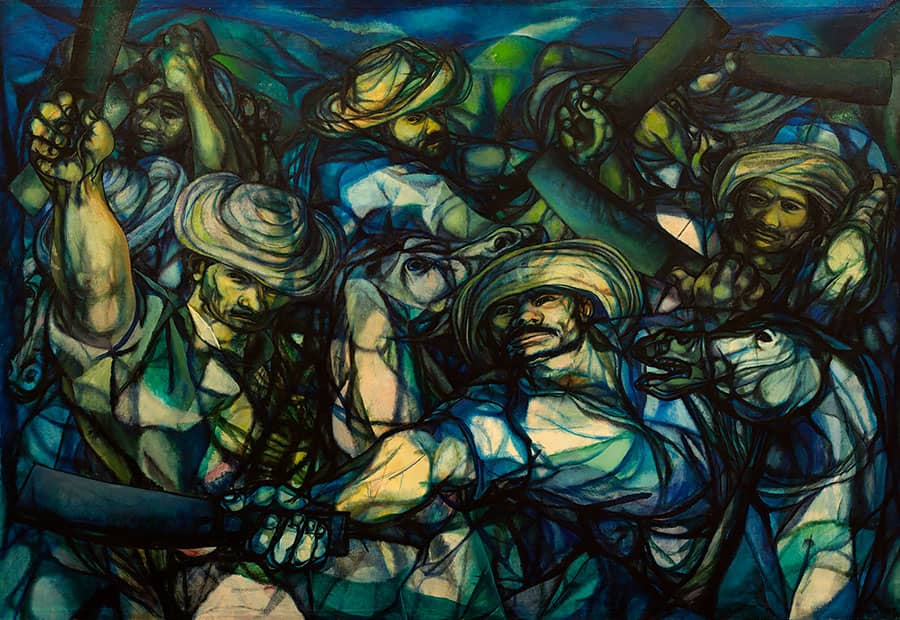
The triumph of the Revolution represented a drastic change in the pictorial language of many artists, and Servando was one of the first to demonstrate it, painting early on militiamen, the events of Bay of Pigs, and a series of characters that marked the Cuba that was just beginning. Although he introduced a new theme, he did not abandon the nervous strokes that characterized his work, which showed his trained hand at the time of composition.
The representation of the human body was already a constant in Servando Cabrera’s work; at the end of the 60’s he became the owner of a very humanistic painting. It is here that he begins to dilute the bodies with the backgrounds. The human figure, enveloped in color, sometimes seems to explode. The magic of his strokes resembles the «frames» of an old film. Servando paints pure movement and these experiences would come to him as a luxurious joker for his new phase.
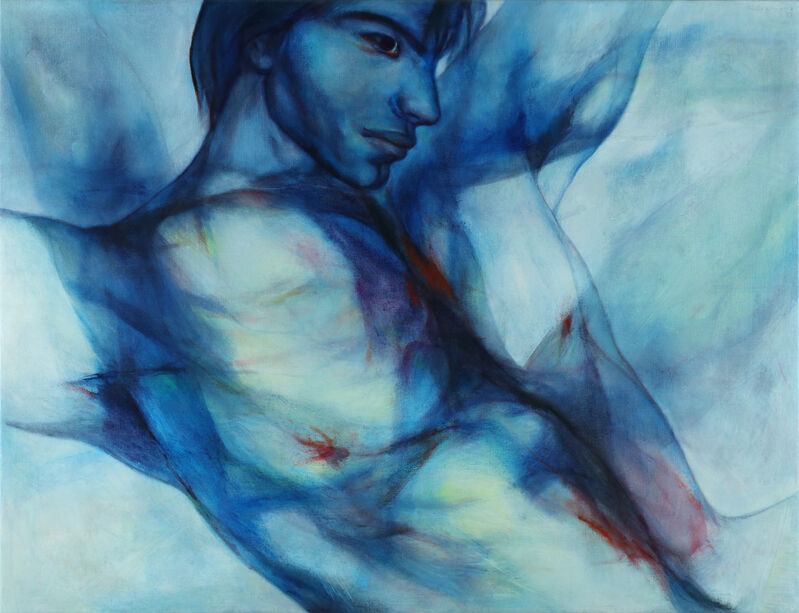
In this period there is no more haste, the bodies no longer seem distant, everything is a great fusion, volumes are mixed and form corporeal masses that hide signs. Coitus in its purest state mixes with the plasticity of forms. Buttocks, breasts, hands, torsos and legs merge with a sharpness that seduces with its artistry.
The passion for the human anatomy and this violent gesture would then be the basis of a new theme in his work, a stage that had been gradually announced, a stage that for many critics was the culmination of his work: the approach to eroticism.
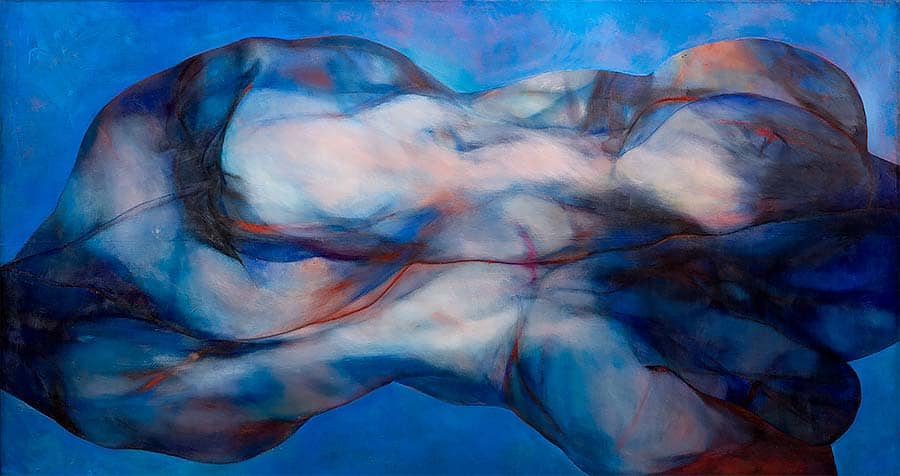
One hundred years have passed since his birth and his legacy is growing rather than stagnant; a work as profound as his deserves no less, and no wonder he is considered one of the most important artists in the history of Cuban art.
Translated by Luis E. Amador Dominguez


